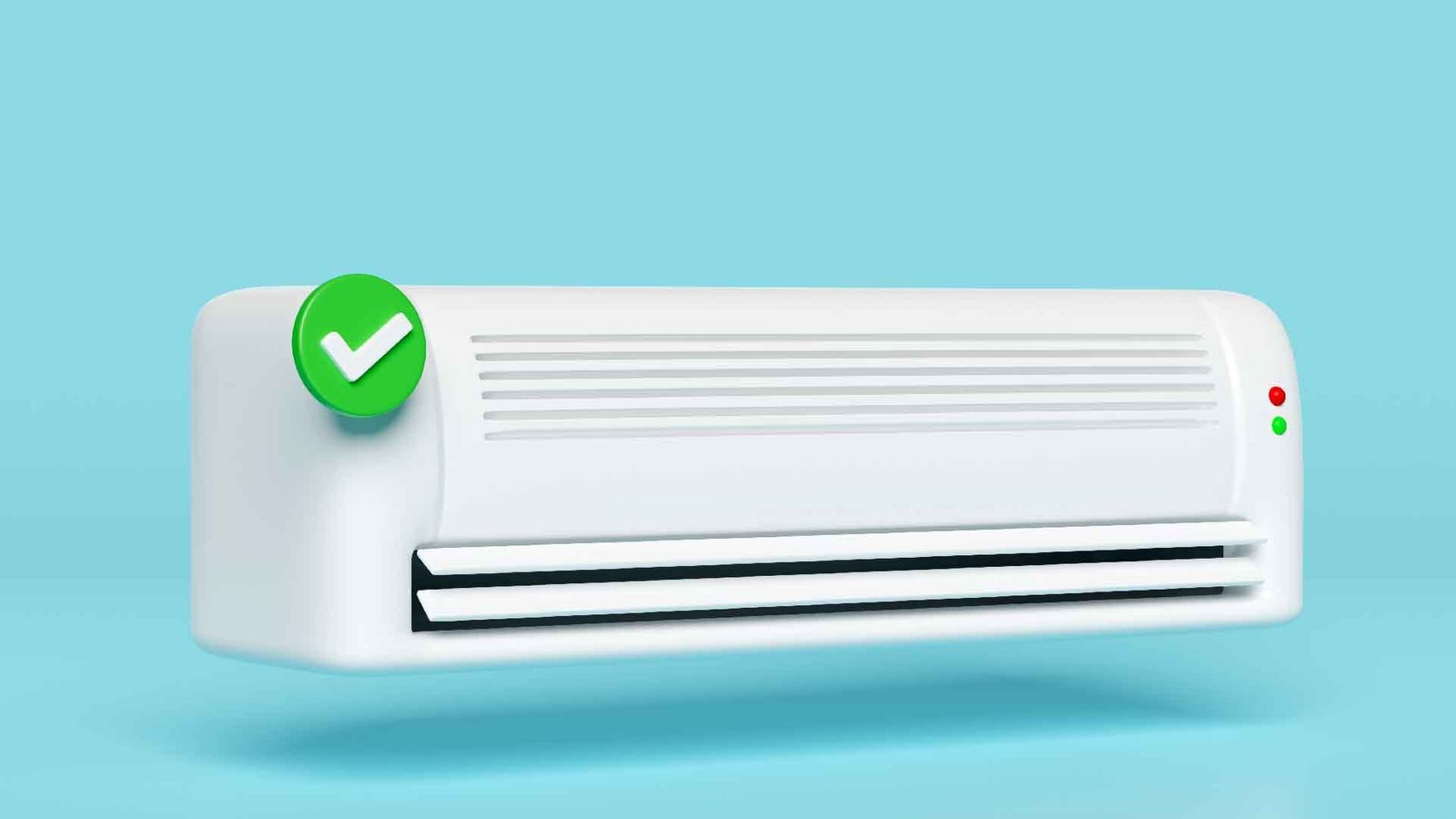
Keeping your home cool and comfortable shouldn’t come with a hefty electricity bill. With a few simple adjustments and maintenance habits, you can transform your cooling system into an energy-efficient, cost-saving tool — without sacrificing comfort.
Here’s how small, mindful changes can make a big difference in your energy consumption and overall budget.
1. Set the Right Temperature
Your thermostat setting plays a huge role in how much energy your air conditioner uses.
The ideal range for both comfort and efficiency is 24°C to 26°C (75–78°F). Each degree you raise your thermostat can save up to 3–5% on your energy bill.
Avoid constant temperature changes — when you frequently adjust the settings, your AC works harder and consumes more power.
If possible, invest in a programmable or smart thermostat that automatically regulates temperatures based on your schedule, saving energy even when you’re not home.
2. Keep Air Filters Clean
One of the simplest yet most effective ways to reduce costs is by cleaning or replacing your air filters regularly.
Dirty filters restrict airflow, making your AC run longer and use more electricity to cool your space.
Experts recommend cleaning filters every 2–4 weeks during peak use or replacing them every few months.
Clean filters also improve indoor air quality by trapping dust and allergens — keeping your home healthier and your system running efficiently.
3. Use Fans to Support Cooling
Fans don’t actually lower the air temperature, but they help circulate cool air more evenly throughout your home.
Using ceiling or portable fans allows you to raise your thermostat a few degrees while maintaining the same comfort level.
Fans use far less energy than air conditioners, so this combination is both budget-friendly and effective.
Remember to turn fans off when leaving a room — they cool people, not spaces.
4. Improve Home Insulation
Even the most efficient cooling system can’t perform well if your home isn’t properly insulated.
Poor insulation allows cool air to escape and warm air to enter, forcing your AC to work harder.
Seal leaks around doors and windows using weatherstripping or caulk, and consider adding insulation to walls, attics, and ceilings.
This helps maintain a stable indoor temperature and reduces energy waste, saving you money all year long.
5. Schedule Regular Maintenance
A well-maintained air conditioner runs more efficiently and lasts longer.
Have a professional HVAC technician inspect your system at least once a year to clean coils, check refrigerant levels, and ensure everything is functioning properly.
Routine maintenance can reduce energy use by up to 15% and prevent costly breakdowns, extending the lifespan of your unit.
Preventive care is always cheaper than emergency repairs.
6. Use Natural Cooling Whenever Possible
Nature offers free cooling — take advantage of it!
Open windows during early mornings or late evenings when temperatures drop.
Close curtains or blinds during peak sunlight hours to prevent heat from entering.
You can also plant shade trees near windows or use reflective films to minimize heat gain.
These small steps reduce your dependence on air conditioning, keeping your home cooler naturally.
7. Upgrade When Necessary
If your AC is over 10 years old, it may be time for an upgrade.
Modern air conditioners use inverter compressors, eco-friendly refrigerants, and smart technology to operate more efficiently.
While the upfront cost may seem high, the long-term savings in energy and maintenance make it a worthwhile investment.
Look for ENERGY STAR® certified units for maximum efficiency and environmental benefits.
Conclusion: Comfort That Saves
Saving money on cooling doesn’t mean sacrificing comfort.
By making small, thoughtful adjustments — from thermostat settings to regular maintenance — you can significantly lower your energy bills and extend your system’s life.
With consistent care and smart habits, your air conditioner can deliver cool comfort, better performance, and lasting savings for years to come.

